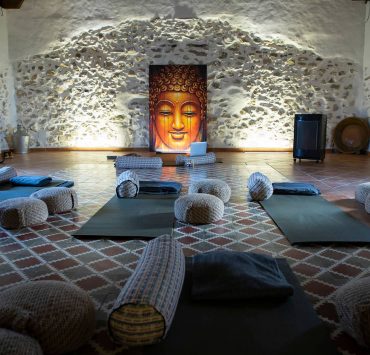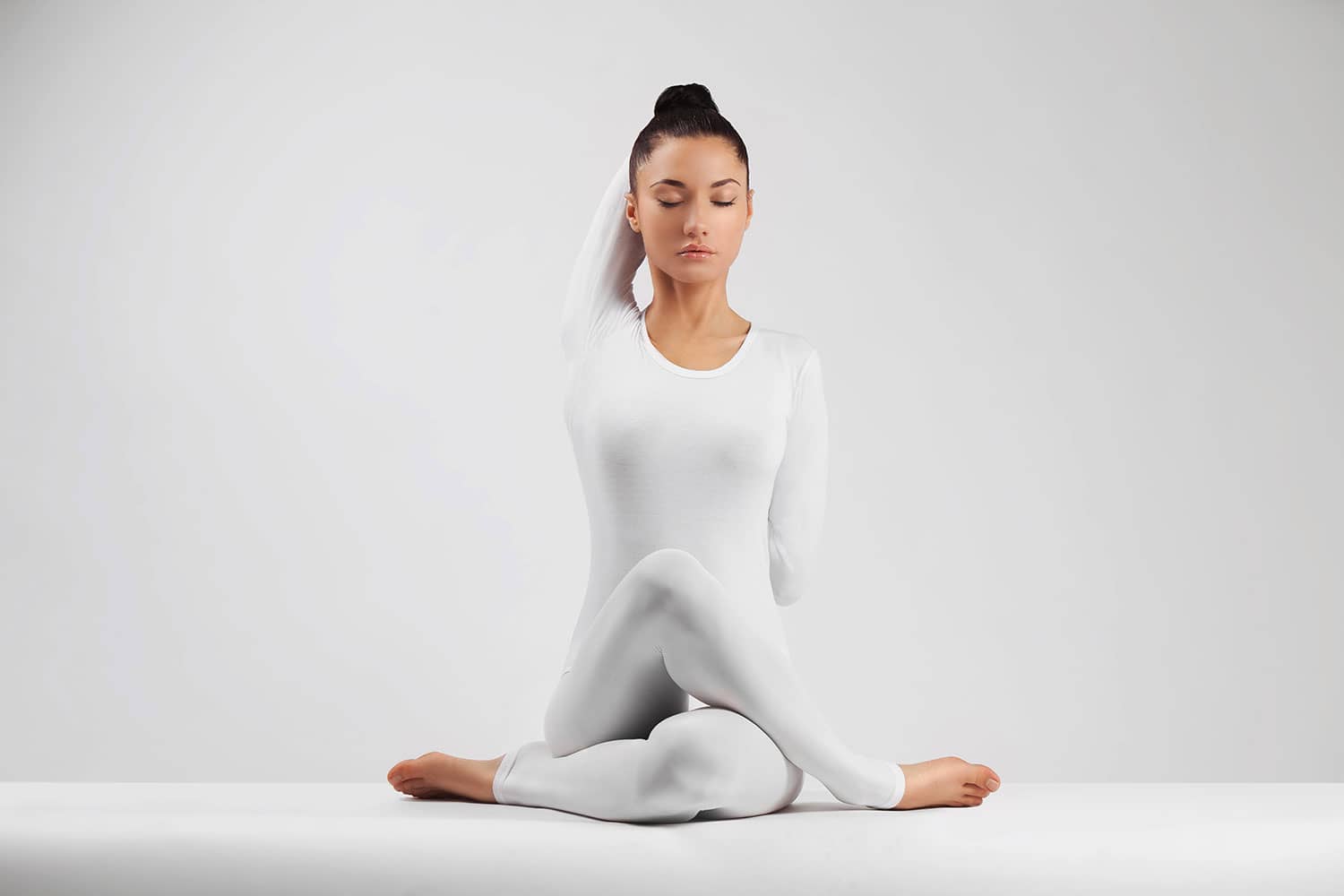
Lauren Howard holds a master certification in reiki, or energy…
If you’ve been practicing yoga for a while you may have introduced meditation into your practice. Meditation is often an integral component to yoga as it enhances our awareness of self and the world around us. Yet, sitting in meditation for long periods can cause discomfort and pull you out of your headspace. The solution? Yin yoga.
Yin yoga helps to exercise and strengthen our bodies so we can sit for longer periods of time allowing for deeper meditations. It may seem counterintuitive to stretch these delicate areas but that is the root of yin yoga; to stretch the connective tissue of the joints.
The Basics of Yin Yoga
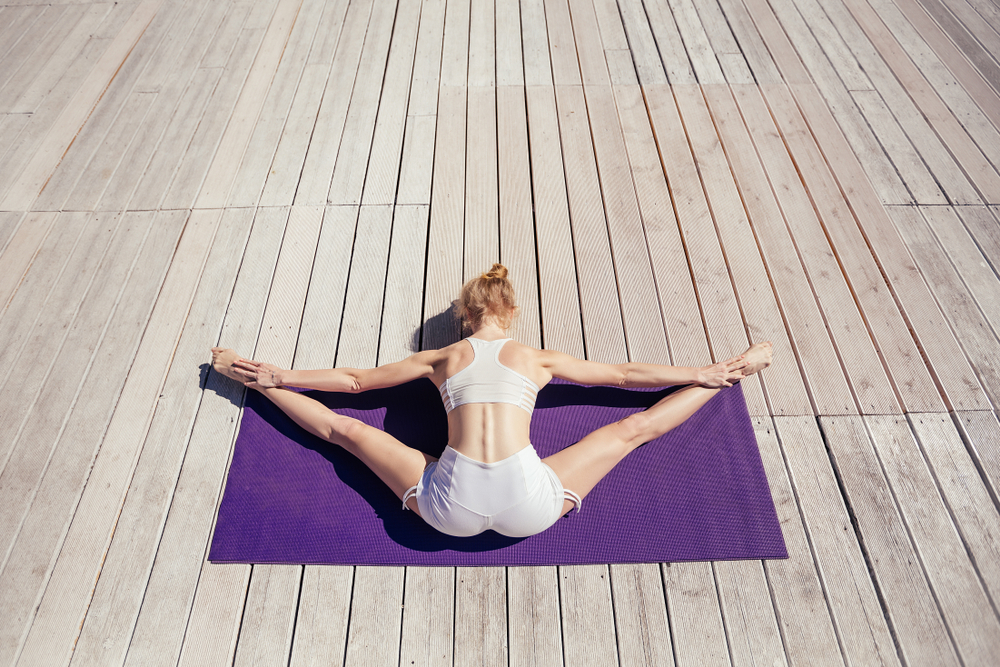
Yin yoga’s intention is to help encourage our joints to sustain long stents of sitting or lying down for deeper meditations. It is a slow-paced practice and does not ask of any strenuous movements. In fact, there is little to no poses that ask the participant to stand. For yin yoga, relaxing into the posture and listening to your own body’s resistance and flexibility is vital. This helps to teach us what our natural limitations are and how we can (very slowly) work to increase our flexibility.
As these poses work to support longer durations, it is not uncommon that this is how they’re practiced. Poses can last up to five minutes, and even to ten. This is because the purpose of yin yoga is to find comfortability while accessing these deeper tissues. Many of the postures target areas around our hips, sacrum and spine.
As far as the term of “yin yoga” it comes from deep roots in a unique style of Taoist yoga. By welcoming the stillness we encourage harmony and ultimately cooling our spirits and ourselves. It’s counterpart, yang, does the opposite with movement. Together, in the Taoist tradition, you increase your longevity and lead a healthy life.
How Does Yin Yoga Work?
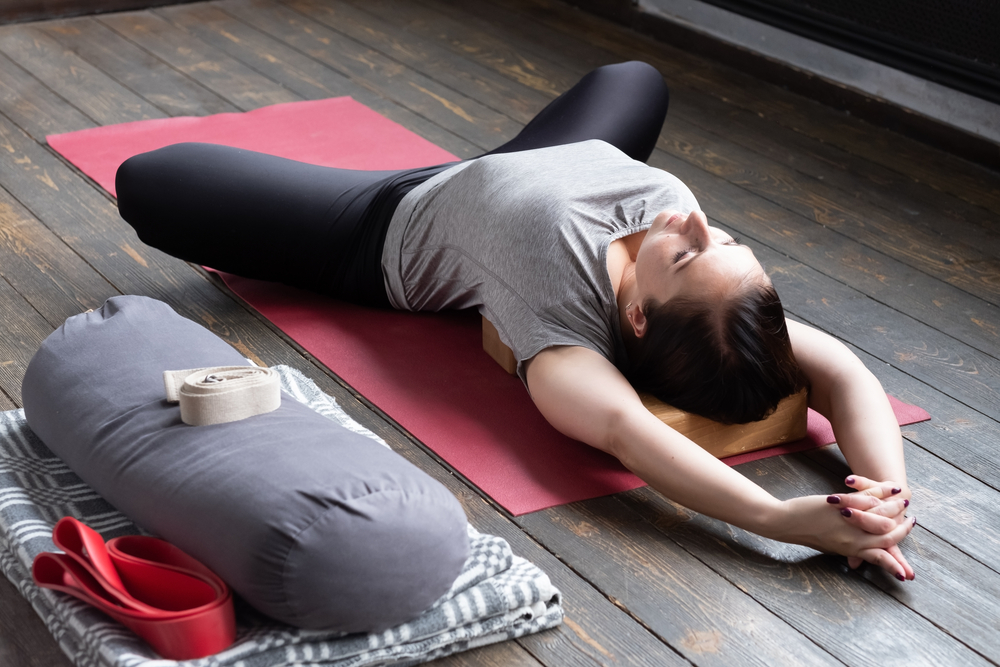
Due to yin yoga’s slow movements it may seem rather dull in practice. Yet, this doesn’t mean that slow movements are not contributing to your body in beneficial ways. The best way to understand how yin yoga works is to recognize what fascia is. Fascia covers our muscles with a thin layer of connective tissue.
It holds several important organs and vessels in a secured place. To maintain agility and flexibility it’s essential to keep this fascia well hydrated. To achieve this we elicit gentle exercises, like yin yoga.
The idea of yin yoga is contradictory to what we often hear in exercise. We’re taught to exercise safety in our movements and to avoid putting excess strain. But, what is being missed in today’s practices is that a little strain can help bring strength when done properly.
As the joint muscles are delicate it’s important that we treat the joint muscles with extra consideration and care. This means by introducing an exercise that’s gentle to our connective tissue. Yin yoga is different because it strengthens these tissues and helps encourage the joint’s flexibility and range.
Though, like any exercise it’s important to introduce this gradually and to never rush into this practice. It can cause injury if done improperly or too often resulting in sensitivity or even sprain. If this appears to be the case after some practice, stop the activity and overtime try to reintroduce after you feel your joints have returned to normal.
Step 1: Conquer The Basics
There are three basic principles to successfully conquering yin yoga. The first is about establishing an appropriate depth into the pose to influence a sensation. Within this sensation, you remain still. The third, is to hold the pose for a certain duration of time. This is to allow the mind to calm and bring the thoughts inwardly to yourself to better self-reflection and meditation practices. To conquer the basics, it’s important to start with what you’re most familiar with. In this case, Balasana, or the Child’s pose is the perfect pose to get started:
Balasana — Child’s Pose
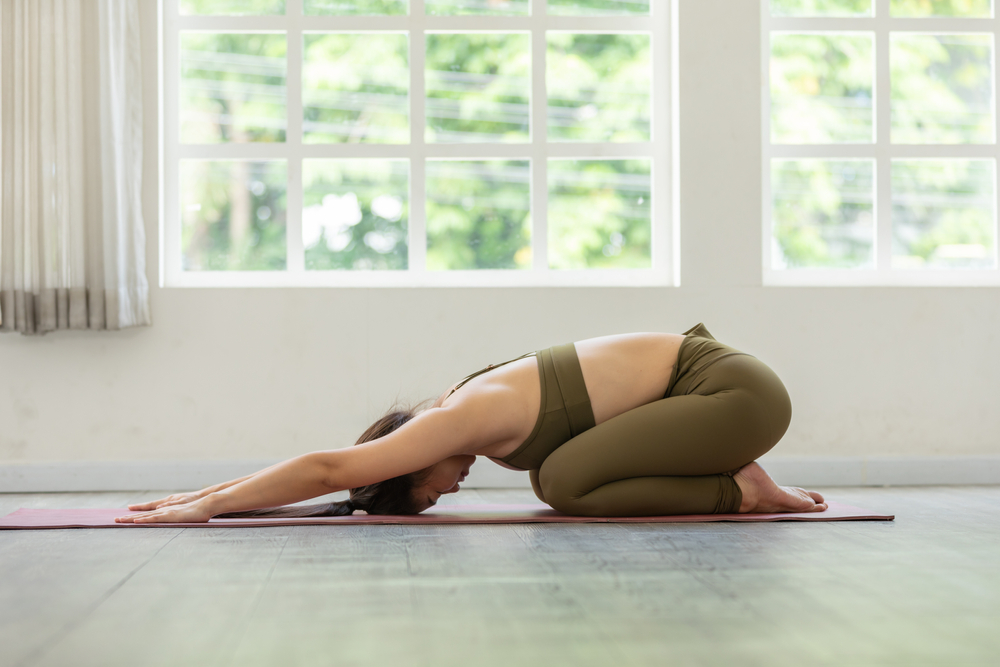
Whether you’re a dedicated yogi or you’ve just begun your yogic journey, odds are you’ve already run into child’s pose. It is a basic staple in yoga and it’s a great pose to introduce when focusing on yin yoga.
To enter the pose:
- Enter the pose by sitting on heels.
- Let your body fall forward gently and rest the chest onto the thighs, allowing your forehead to meet your yoga mat. If difficult, let your head rest onto your forearms as you outstretch them.
- Bring some distance between your knees that is comfortable to you.
- Introduce this pose for a longer period of time if just beginning yin yoga. Try for 5 minutes and overtime increasing to longer durations in a slow gradual manner.
- Eventually, rest onto your stomach and prepare for the next asana.
Another pose that is easy to introduce into practice is Savasana. Try resting on the stomach or back in a comfortable position and rest for five minutes and focus on breathing. This sort of focus will help you to get familiar with yin yoga’s ideal of looking inwardly.
Step Two: Challenge Limitations Safely
As mentioned before, it is crucial to move through asanas gradually to prevent any sort of injury. Yin yoga asks us to slow down the world around us and that also includes the pace that we take ourselves. Make sure to sit with poses that may even seem ‘easy’ and dig deeper into your psyche to experience the full benefit. It’s about preparing the body to better encourage the myriad of benefits for body, mind, and spirit.A moderate pose to try is Paschimottanasana, or the Caterpillar pose:
Paschimottanasana — Caterpillar Pose
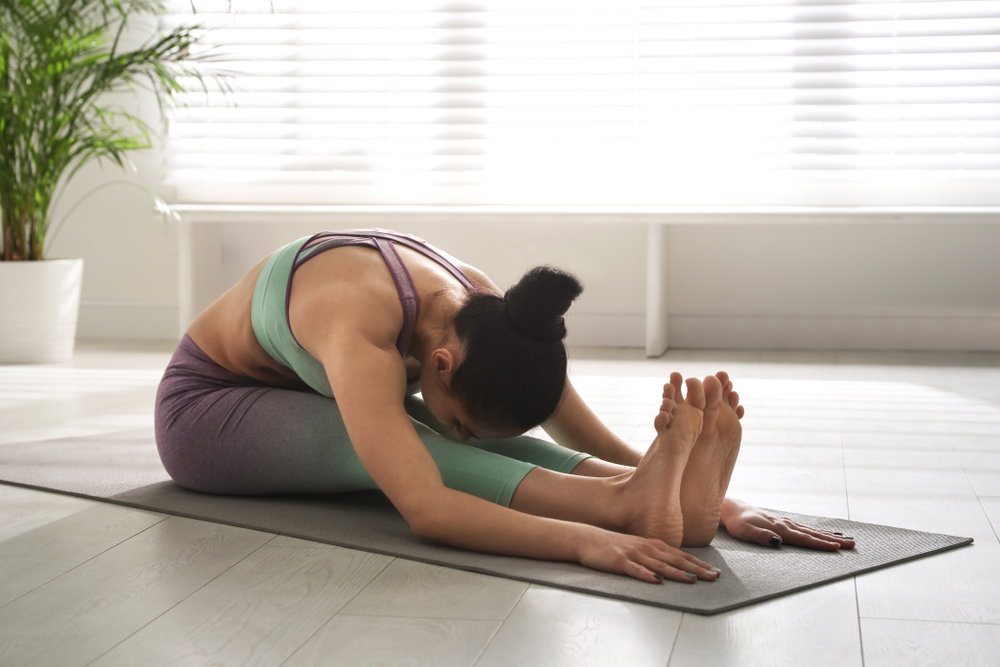
The idea of this pose originates from the forward bend. It stimulates our parasympathetic nervous system. It also increases our heart rate and encourages a feeling of serenity to the physical body and brings reassurance to our mind.
To enter this pose:
- Sit comfortably with legs outstretched before you.
- Flex feet and point toes towards upward.
- Breath inward, slowly moving bending forward towards the legs.
- While bending forward, lift the upper body and feel the spine stretch and elongate.
- Once you’re extended to a stretch that creates a comfortable sensation then rest here and focus on breathing.
- Allow your head to gradually fall downward and pull yourself down further. Allow your back to gently round.
- If struggling to complete this stretch safely, consider using a yoga block or rolled yoga mat/blanket/towel to help give support.
- Hold position for up to three to five minutes.
- Return to an upright sitting position, slowly, to exit pose.
Step 3: See What You’re Capable of
For an experienced yogi, it may be important to challenge the body to experience a deeper sensation. A peak pose like the following challenges all parts of the body and builds strength and flexibility. Practicing Maksikanagasana, or the dragonfly pose, will build on your ability to concentrate on a different level.
Maksikanagasana — Dragonfly Pose
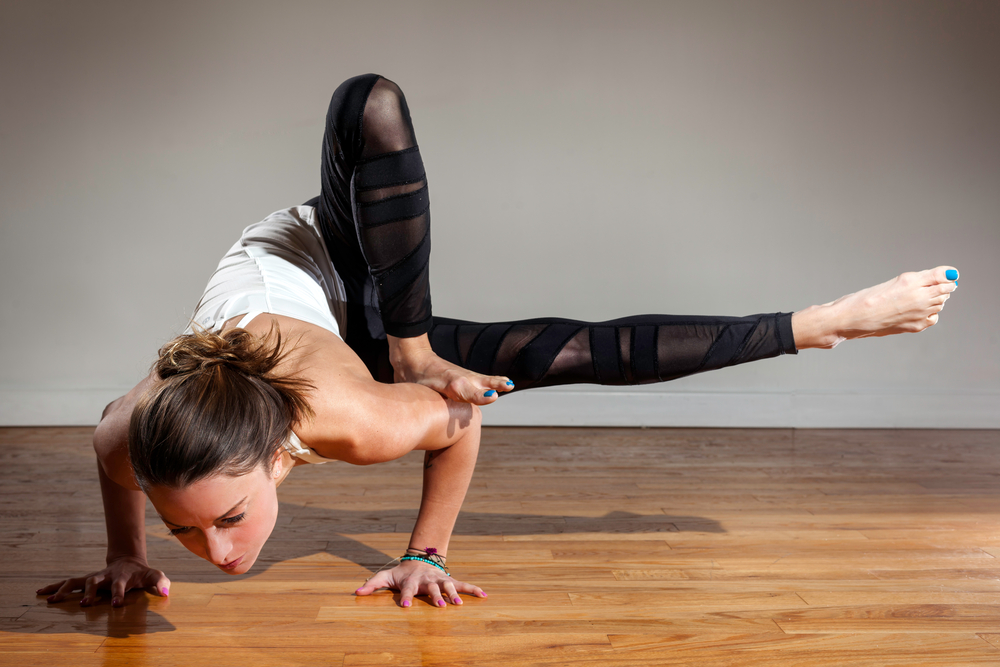
Maksikanagasana is a difficult pose that requires a significant strength in the arms and core. It’s important that this posture’s attempt is only done by those who have practiced yoga enough and feel confident in their abilities. Remember, yin yoga is about gradual process and jumping ahead could risk distress in the joints.
To enter the pose:
- Start in mountain pose:
- Distribute weight into the right side of the body and lift the left ankle to rest across the right thigh.
- Bend slightly forward, bringing the palms of your hands to meet the ground.
- Bend the standing leg and turn the torso towards the right, slowly walking the palms of your hands to align with the right foot.
- Bend elbows and bring the left foot onto the left arm, trying to raise the foot as high up onto the left arm as possible.
- Move the right thigh to nestle on the upper part of the left arm.
- Dip forward, and distribute weight onto the upper body and let the right leg straighten. The right foot now leaves the ground.
- To come out of the pose, bend the right knee and bring the right foot back towards the ground.
- Repeat on the other side.
Yin Yoga Benefits
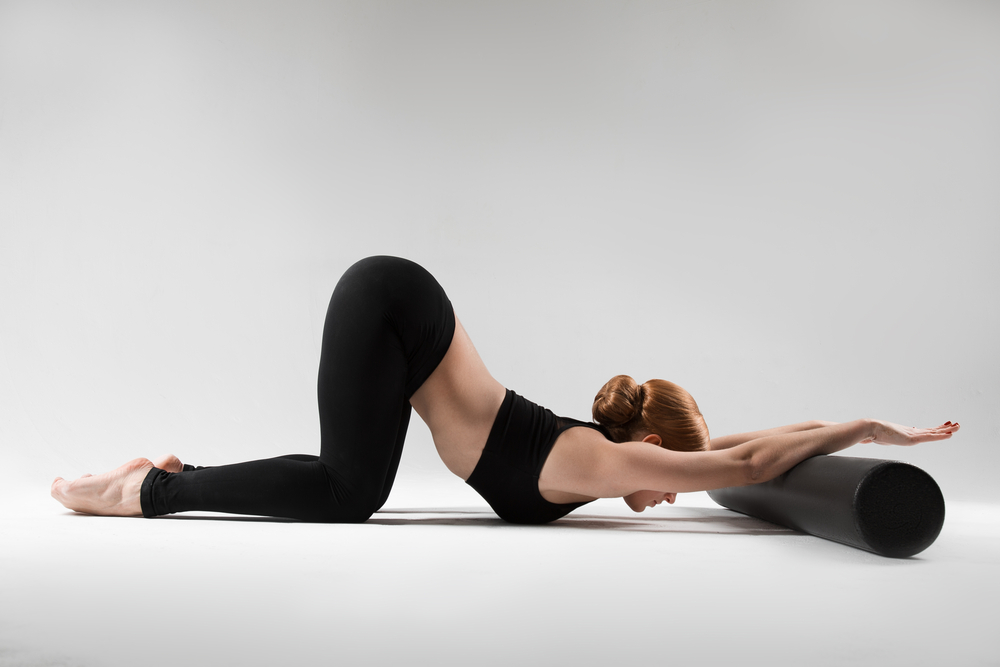
You may be asking yourself, “what makes yin yoga so different from other yoga practices?”. Let us break down some of the benefits of yin yoga and how it’s benefits contribute to our overall health.
Healthy Range of Motion: In order for our bodies to maintain a healthy range of motion we must allow for proper lubrication. Our lives subject us to restricting positions and block the fluidity of nutrients and energy to pulsate properly. Giving our bodies time to hold a pose that brings length will help our connective tissues extend its range of motion and help us in our day-to-day.
Release Negativity And Stress: Yin yoga requires us to sit with our emotions longer than other forms of yoga. This can allow for trapped negative energy to come to the surface and those pesky thoughts of negativity living in our subconscious to emerge. Although it doesn’t sound fun, it only offers us an opportunity to release this negative energy.
Yin yoga teaches us acceptance and patience. To not allow these emotions to overwhelm us and to remain still in their presence. We are safe as this negative energy removes itself from the body and we build our resilience because of it.
Replenish Your Tissues: In yin yoga, the longer you hold a pose the deeper you’re allowing the stretch to hydrate your tissues. The tissues are being subject to squeezing and compression. Allowing our connective tissues to experience this sort of strengthening only benefits it. It encourages its ability to protect itself and helps it do so with added vigor through practice.
Strengthens Immune Function: As many other yoga practices, the deep breathing during poses helps benefit us in more ways than we think. For instance, the deep breaths, or diaphragmatic breathing, elicits a response from our parasympathetic nervous system. Communication with this symptom has a wide range of benefits to the body but most importantly it helps to encourage a strong immune system.
As you progress in your yin practice you may feel that your breathing decreases and you feel yourself drawing more inward. This is because you’re entering a relaxed state where the organs are being allowed time to catch up on what’s happening within and heal.
Preparation For Deep Meditation: Our surroundings and the world around us constantly influences us. Often our thoughts and ideals find conflicts with others values, we second guess our instincts and we find distractions from our true purpose. Meditation helps us to return back within as an opportunity to hone in on what’s truly important to us and our values. Yin yoga’s core is in preparation for these “deep talks” within ourselves. As energy is coursing through us, we’re able to take a moment and sit with ourselves. Perhaps, even have answers to questions we didn’t know we had.
Establishes Harmony: Yin yoga’s motivation is to create balance. Health in itself is about establishing a healthy lifestyle that balances our physical, mental and spiritual state of mind. Just as the yin and yang symbol represent a perfect balance, that is the intent of yin yoga. Establishing harmony that will offer a time to sit with the self for a time of reflection and healing for the body and mind.
Is Yin Yoga Right For You?
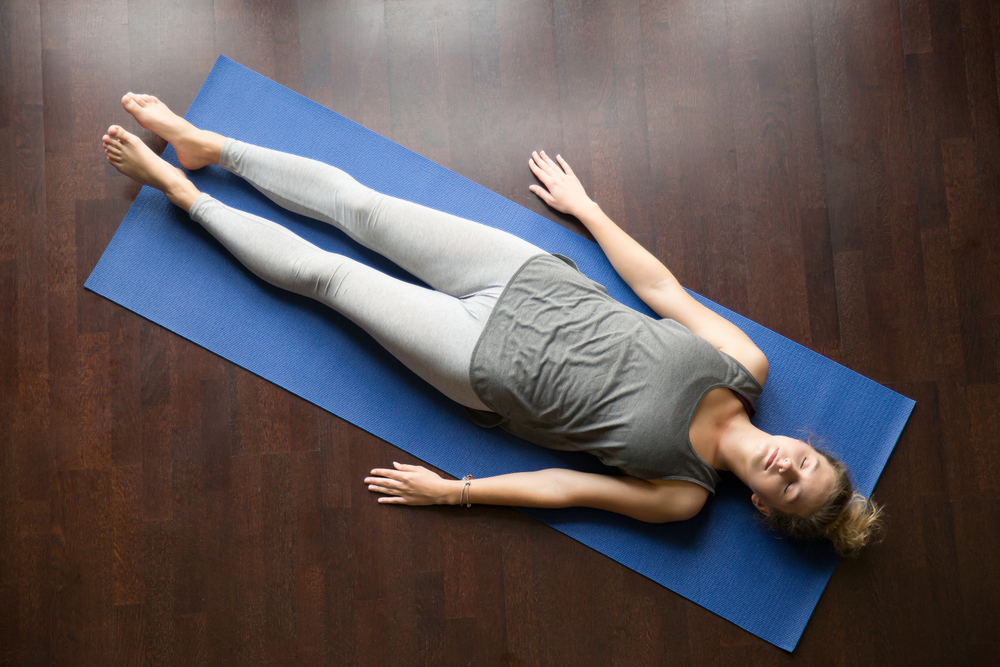
If you are someone trying to get the most out of your meditations, or simply improve focus, yin yoga is worth trying. It offers an opportunity to move energy throughout the body. Yin yoga can help anyone whether they’re looking to benefit themselves on a surface level just physically in their agility, or benefit those who want to gain a deeper understanding in themselves. Yin yoga is unique as it offers an opportunity to meet people where they are at. Offering them an opportunity in whatever needs they are seeking to be fulfilled. Yin yoga can work as a vehicle to help you achieve this.
What's Your Reaction?
Lauren Howard holds a master certification in reiki, or energy healing, and has been practicing yoga for over 20 years. She began freelance writing as a means of spreading her truth and knowledge with a broader audience.







